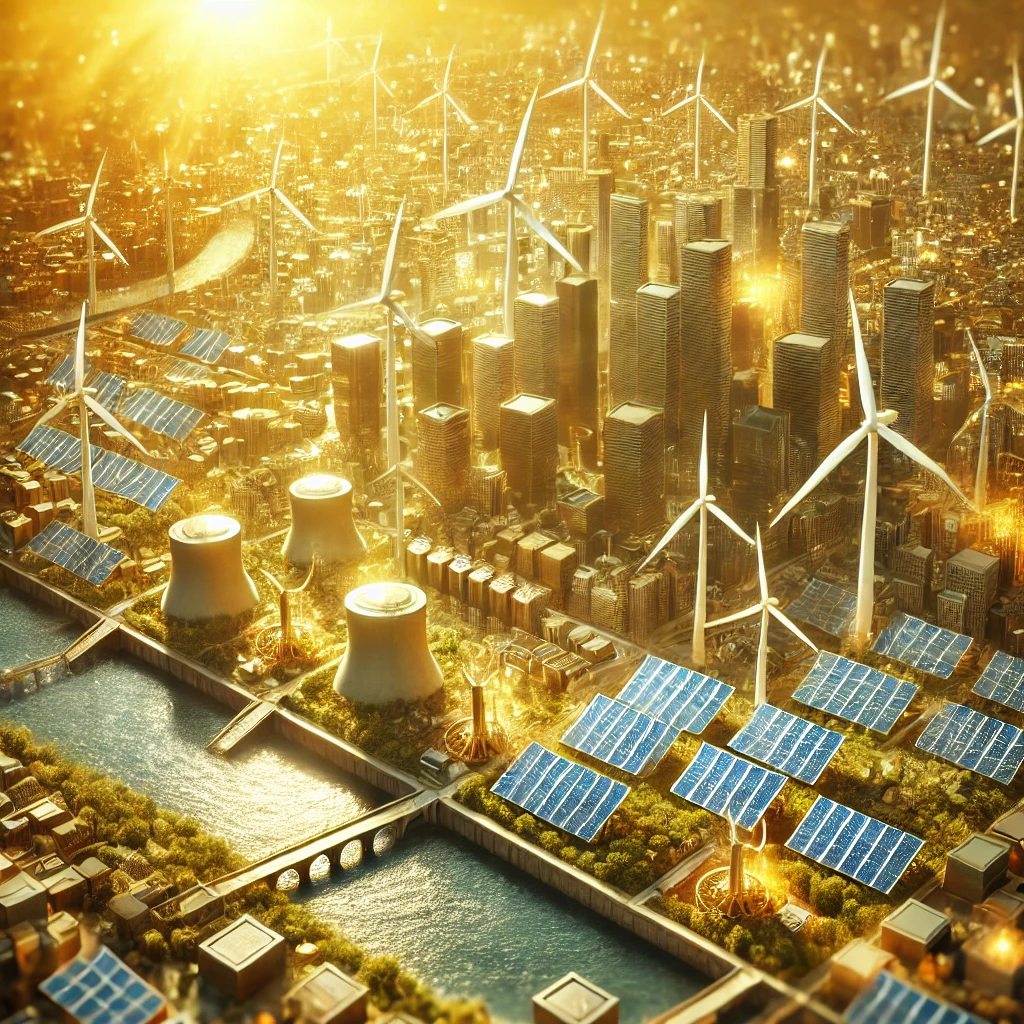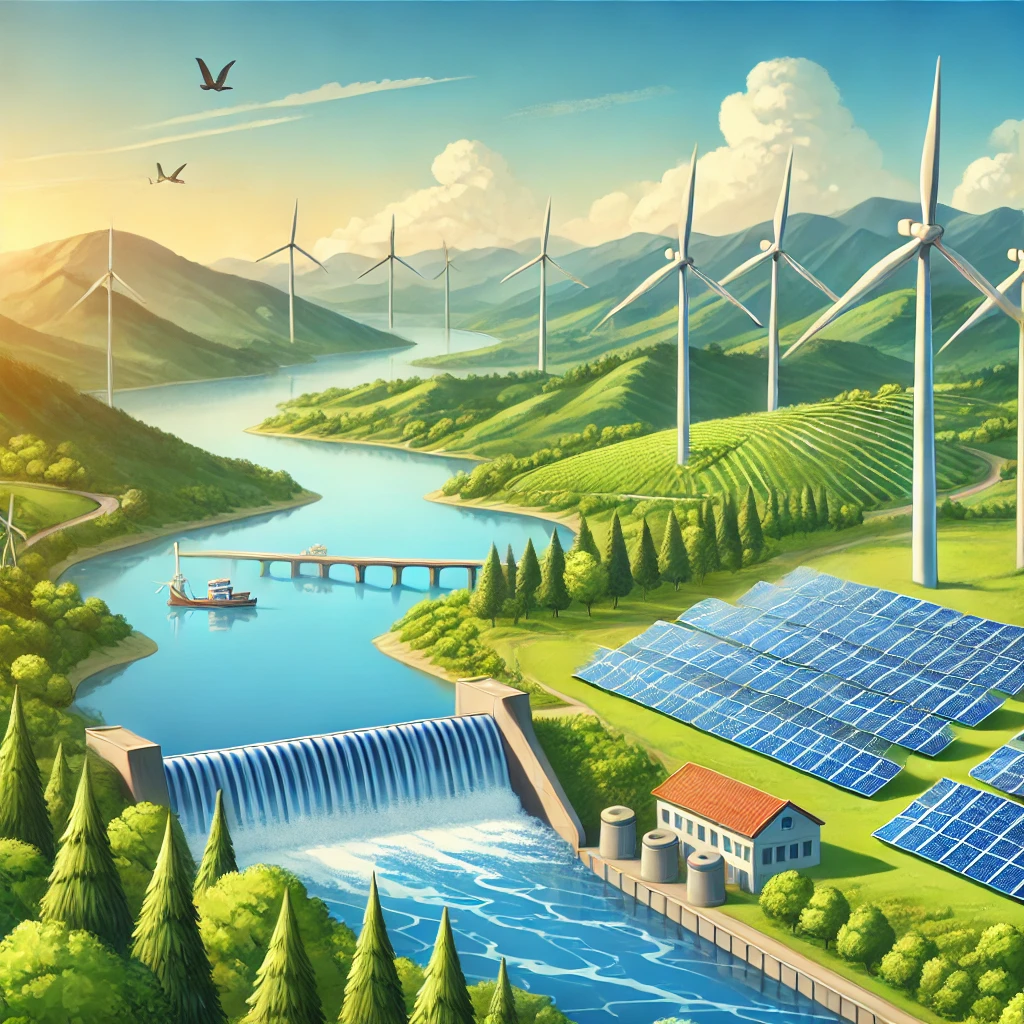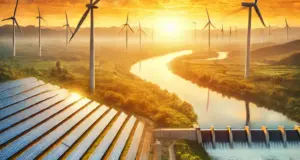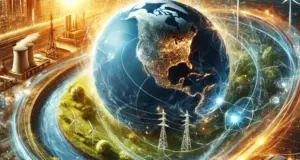Our modern world thrives on energy. From the bright city lights that never dim to the seamless digital networks connecting us, energy is the silent force driving civilization. Historically, we have leaned heavily on fossil fuels—coal, petroleum, and natural gas—to power our lives. However, these energy sources are non-renewable, finite, and responsible for environmental degradation. The pressing need to transition toward sustainable alternatives has never been greater. Types of renewable energy provide a beacon of hope, offering sustainable, cost-effective, and environmentally friendly solutions. Let’s explore their profound significance.

1. Understanding Renewable Energy Resources
Unlike fossil fuels, which take millions of years to form, types of renewable energy regenerate naturally within a human lifespan. The sun, wind, water, and earth itself offer boundless reserves of energy, waiting to be harnessed. These sources ensure a steady supply of power without depleting the Earth’s resources. Investing in renewable energy is akin to planting an orchard; once the trees mature, they provide fruit season after season without exhausting the land. This makes renewable energy an enduring and sustainable choice for the future.
2. Major Types of Renewable Energy
The transition to renewables offers multiple avenues for energy generation.
- Solar Energy: The sun, a celestial powerhouse, emits an unimaginable amount of energy every second. Through photovoltaic cells, sunlight is converted into electricity, providing clean, inexhaustible power. Solar farms and rooftop panels are revolutionizing the way we harness this energy.
- Wind Energy: Like an ancient mariner steering a ship with wind power, modern wind turbines transform kinetic energy into electricity. Wind farms, both onshore and offshore, are becoming a dominant source of renewable power, particularly in wind-rich regions.
- Hydropower: Flowing water has been an energy source for centuries, from ancient watermills to modern hydroelectric dams. Hydropower stations convert the movement of water into electricity, providing a consistent and reliable energy source.
- Geothermal and Biomass Energy: Deep within the Earth’s crust, geothermal energy emerges as an underground furnace of endless heat. Meanwhile, biomass energy utilizes organic materials such as plant waste and biofuels to generate power, creating a cycle of renewable consumption.
3. The Economic and Environmental Advantages
Shifting to types of renewable energy is not merely an environmental imperative but also an economic boon. Renewable energy reduces dependency on imported fuels, stabilizes energy prices, and creates millions of jobs worldwide. The maintenance costs of renewable energy plants are significantly lower than those of fossil fuel facilities. Furthermore, renewables drastically cut carbon emissions, combating climate change and ensuring cleaner air and water. Imagine a world where energy production does not equate to environmental destruction—this is the promise of renewables.

4. Overcoming Challenges and Embracing the Future
Despite their numerous benefits, types of renewable energy face certain challenges, such as storage limitations and intermittent supply. However, advancements in battery technology, smart grids, and innovative policies are addressing these hurdles. The road to a fully renewable-powered world is akin to climbing a steep mountain, but with each step, we secure a more sustainable and resilient future.
The transition to types of renewable energy is not just an option; it is an imperative. By embracing solar, wind, hydropower, geothermal, and biomass energy, we carve a path toward sustainability, economic growth, and environmental harmony. The future is bright, and it is powered by renewable energy.



